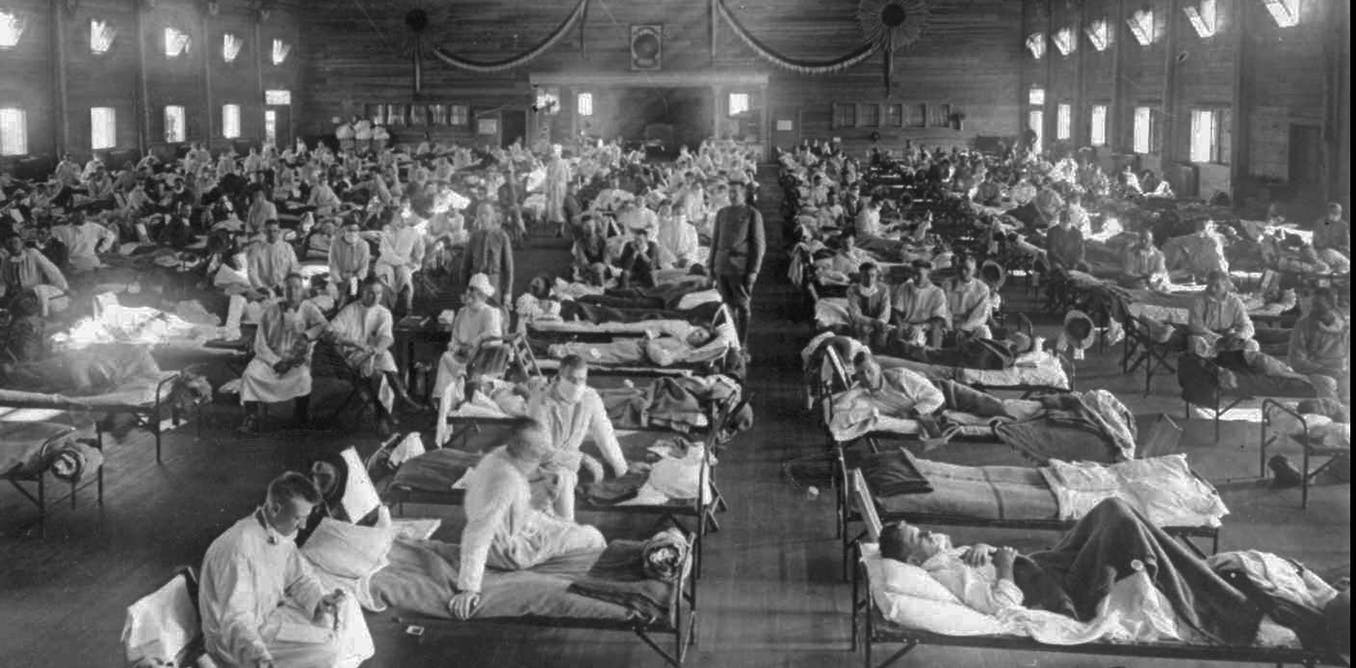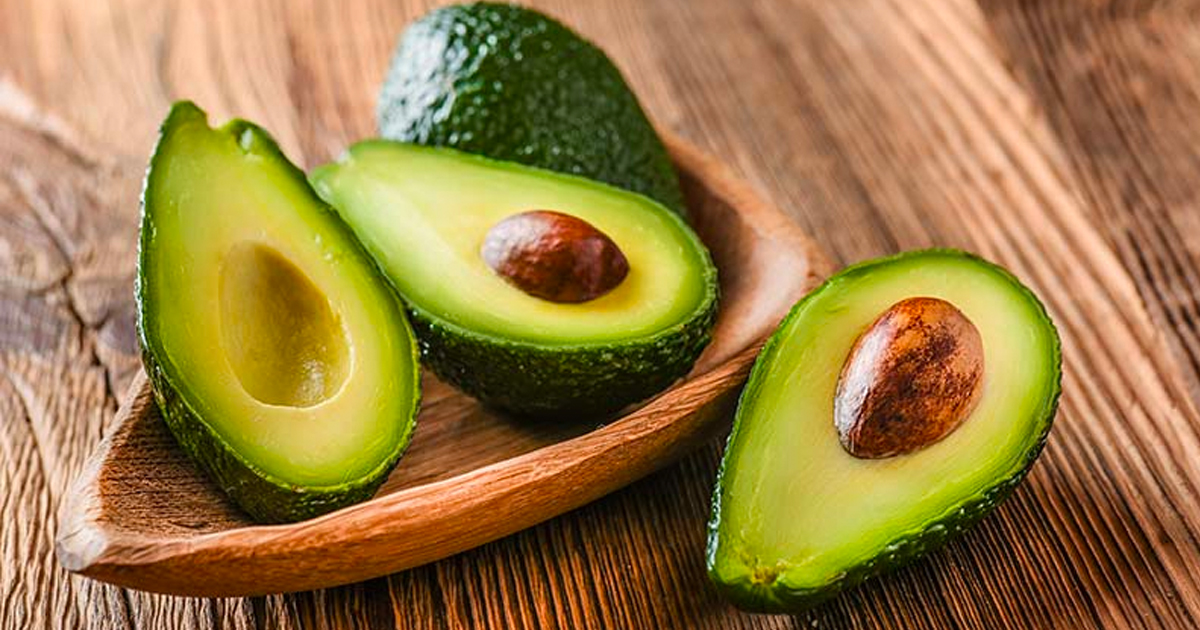1720 Plague, 1820 Cholera Outbreak, 1920 Bubonic Plague, What’s Next?
PANDEMIC OUTBREAKS – Amidst the escalating outbreak of the new coronavirus from Wuhan, China, some netizens believe that plagues throughout history starting from the 1720 plague, holds a pattern.
However, did history truly repeat itself? The theory goes like this:
1720 – The Great Plague of Marseille – this was the last significant European outbreak of the bubonic plague. It killed a total of 100,000 people in the city of Marseille, France.

1820 – The First Cholera Pandemic – By 1820, cholera had spread to Thailand, Indonesia, and the Philippines. On the island of Java alone, the outbreak caused the death of 100,000 people.

1920 – The Spanish Flu – In 1918-1920, the world was faced with the influenza pandemic. It would be the first of two pandemics to involve the H1N1 influenza virus.

The virus had a massive reach, infecting 500 million people around the world. According to Wikipedia, the death toll worldwide was up to 100 million, making it one of the deadliest in human history.
So what is going to happen in 2020? It seemed like the pattern for deadly pandemic outbreaks occurs every 100 years.
In Wuhan, China, an outbreak of a new deadly strain of coronavirus was running rampant. In a matter of days, the number of infected tripled and the death toll continued to rise.
The Novel Coronavirus or known as the Wuhan coronavirus is still being studied. Health authorities are on a race to contain the virus and ordered Wuhan to suspend all outbound public transport.

What’s common between the outbreaks?
Though some of the circumstances of the outbreaks are different, one of the most common variables is how the outbreaks were spread – infected animals and bacteria.
The bubonic plague was spread by infected fleas carried by small animals. It could also be transmitted through exposure to the body fluids from a dead plague-infected animal.
The cholera outbreak was caused by the Vibrio cholerae bacteria found in somewhat salty and warm waters. Humans get infected after drinking liquids or eating foods contaminated with the bacteria.
Meanwhile, the Spanish Flu was caused by an unusually deadly strain of “avian influenza” or bird flu.
The Novel Coronavirus was also believed to have been caused by consuming an infected animal bought from a seafood market in Wuhan, China.
What’s more concerning is that the Chinese New Year holidays are about to begin. During this time, millions of Chinese travel both domestically and internationally increasing the risks of spreading the virus.
However, the World Health Organization (WHO) had yet to declare the virus as a “public health emergency of international concern”. This could merit a coordinated global response to containing the virus.
Source :philnews










